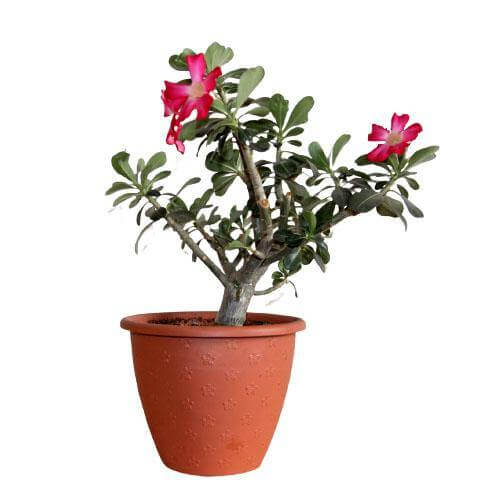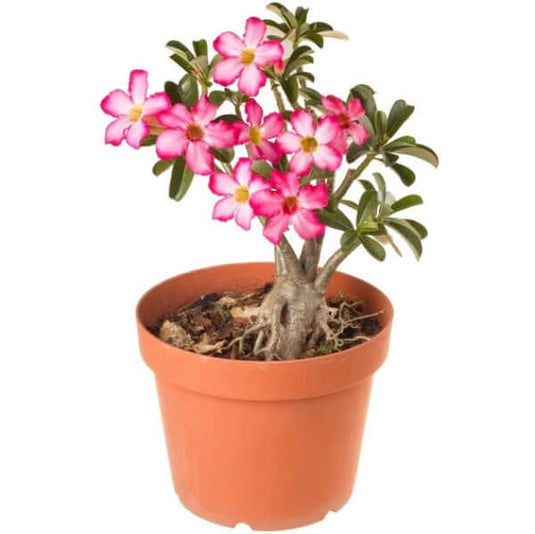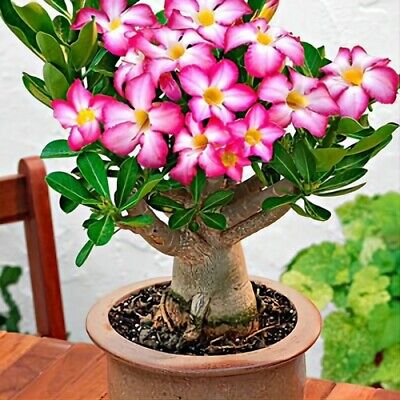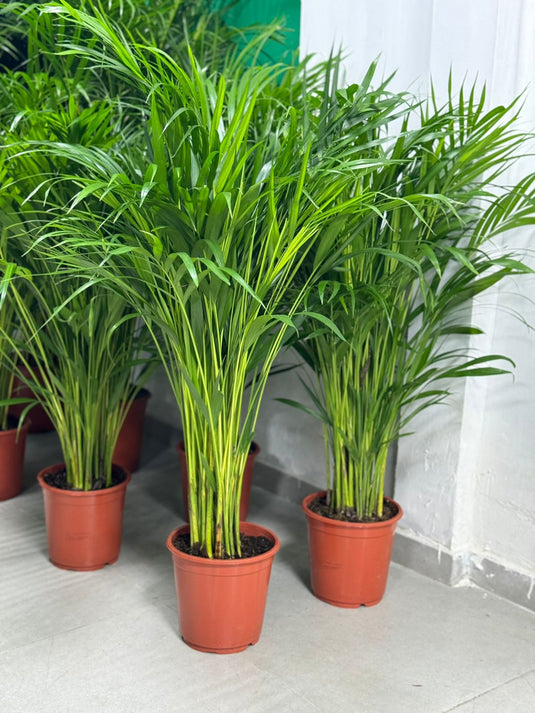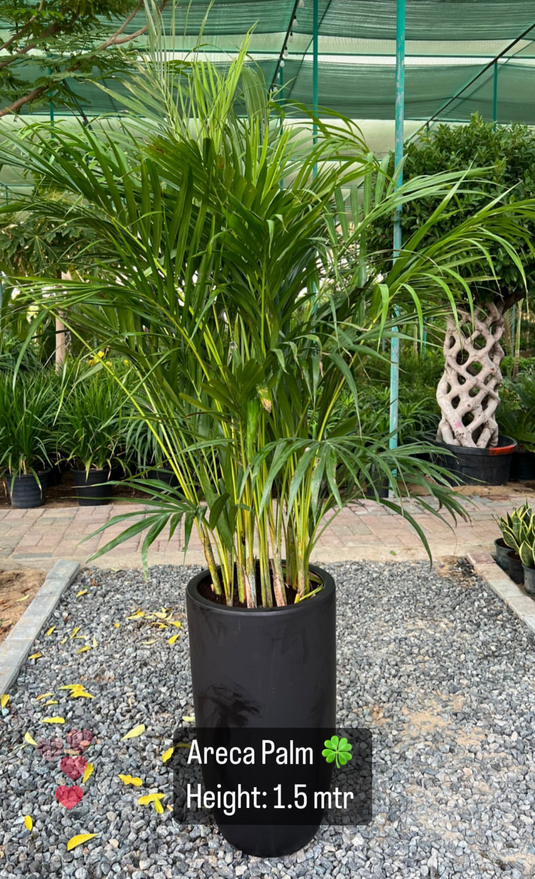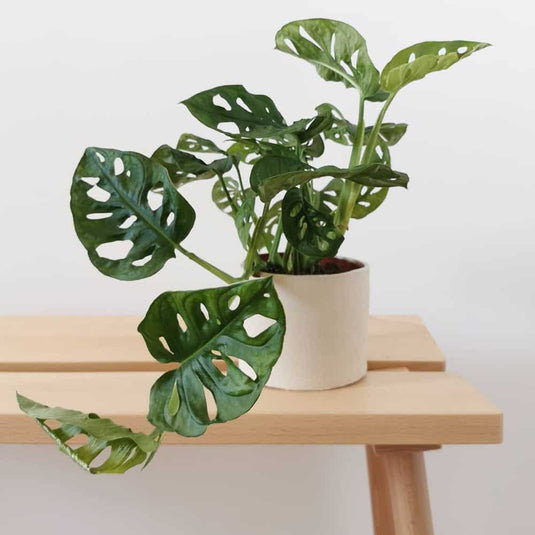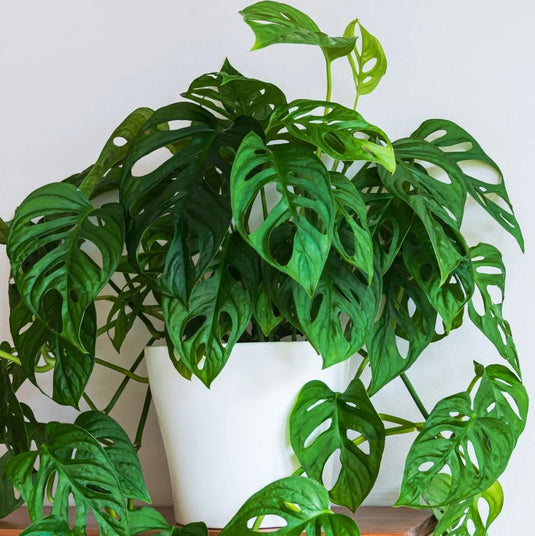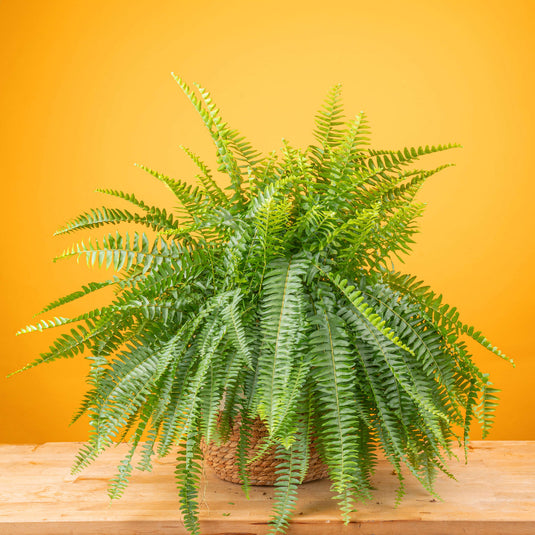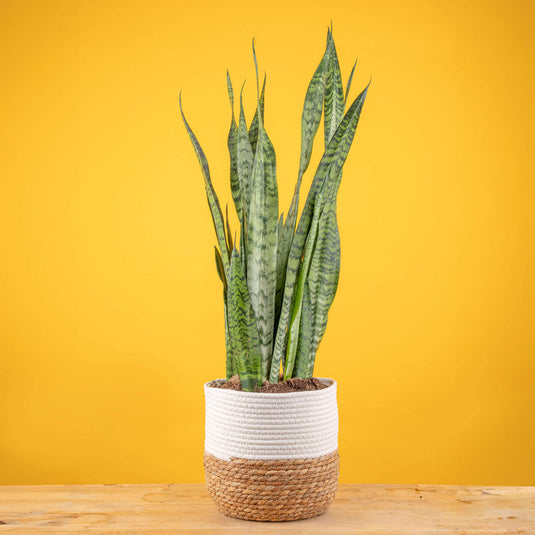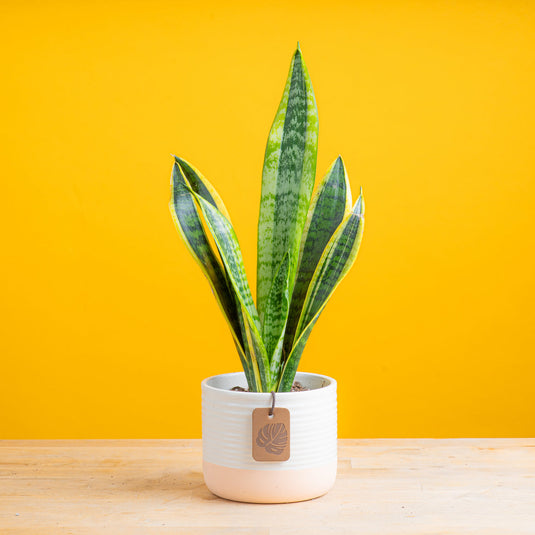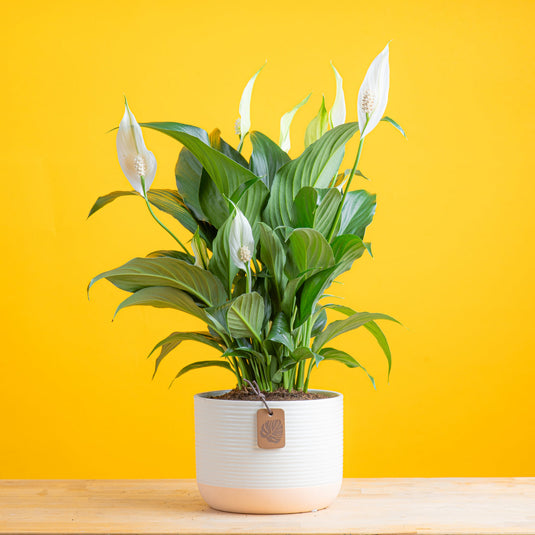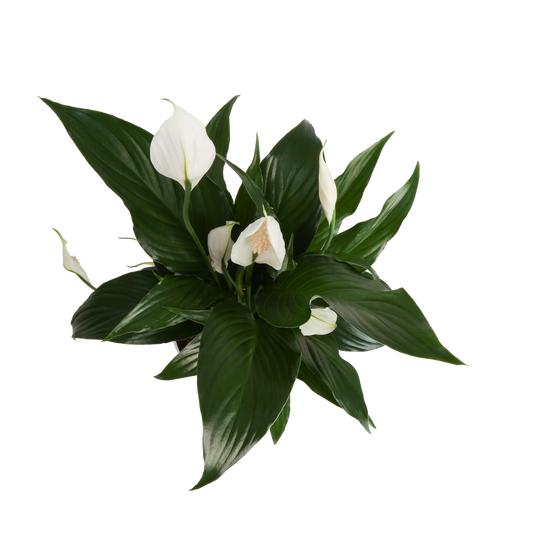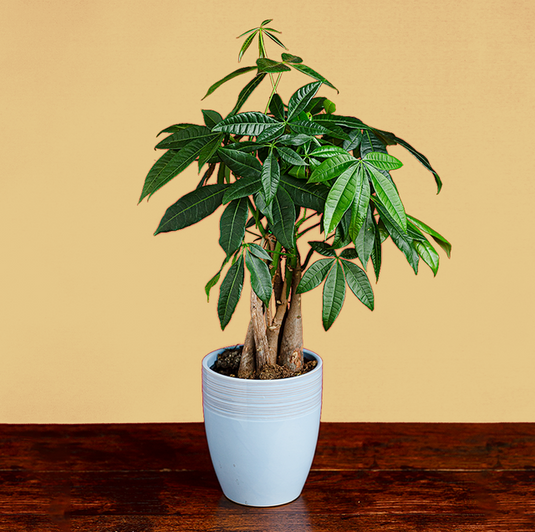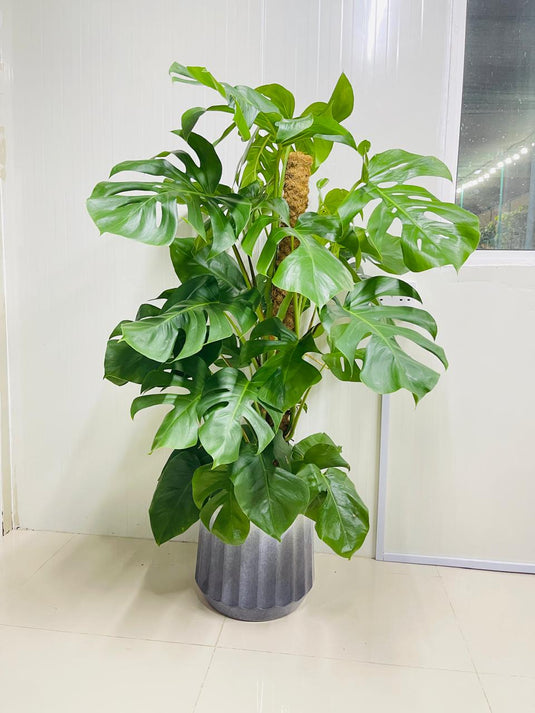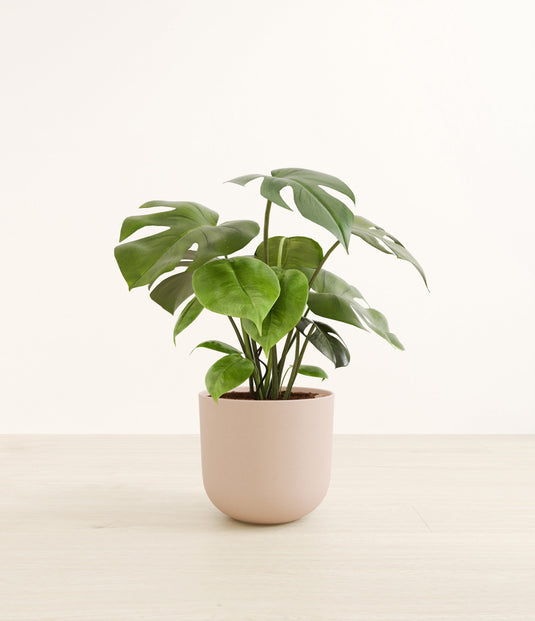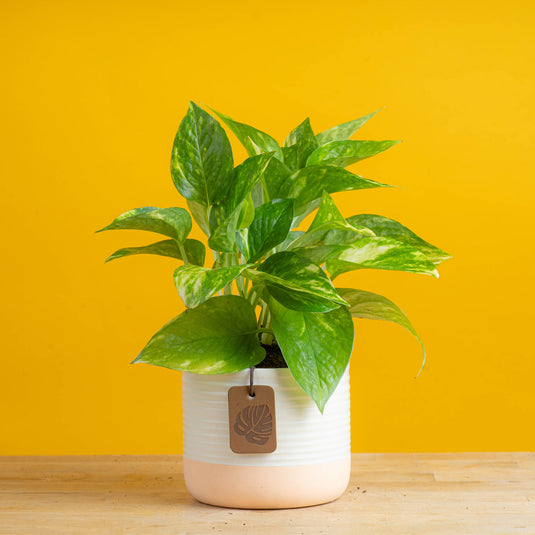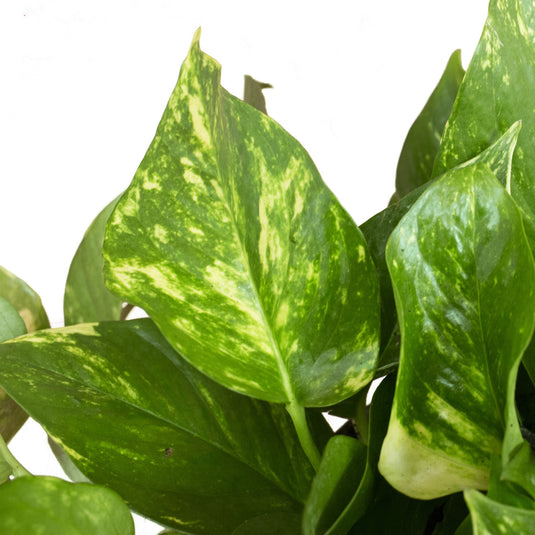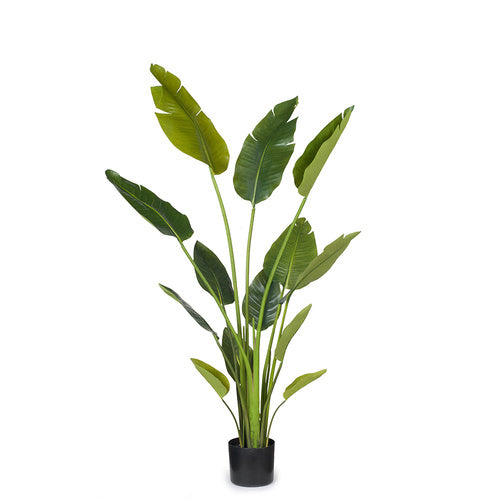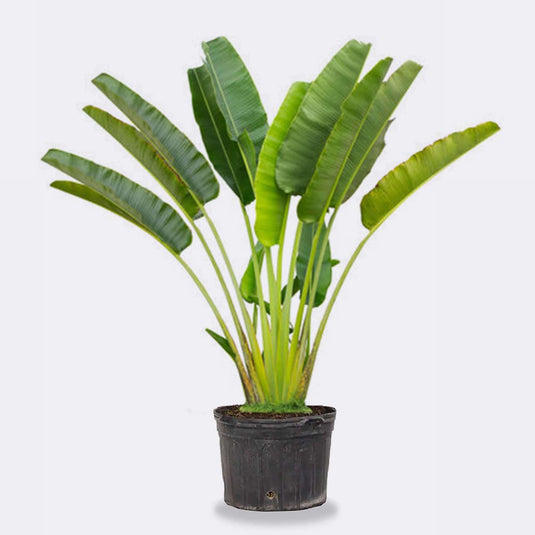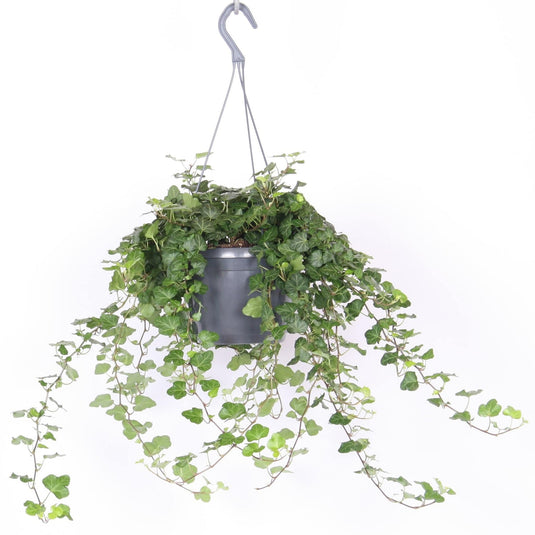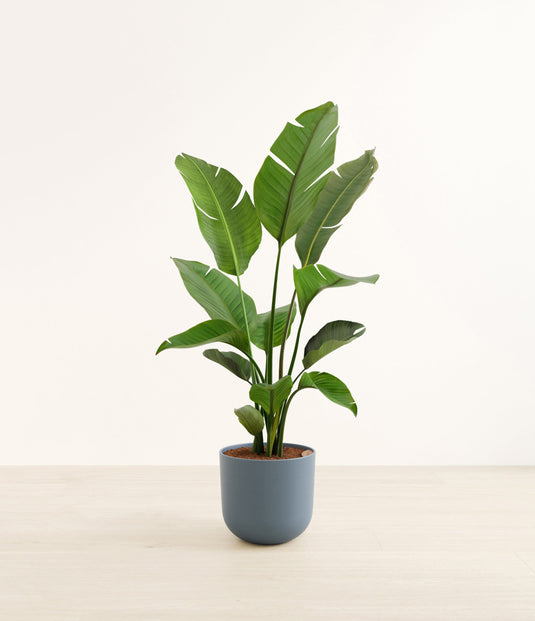Desert Rose
- Healthy Arrival Guarantee
- Free Plant Care Consultation
- Safe & Secure Payment

We will send you a notification as soon as this product is available again.
-
Estimated delivery: Nov 03 - Nov 07
-
Free return within 7 days of purchase.
Plant Description
Desert Rose, scientifically known as Adenium obesum, is a flowering plant native to arid regions of Africa and the Arabian Peninsula. The global ornamental plants market is projected to reach approximately $245 billion by 2030.
5 Amazing Benefits of Desert Rose
1. Aesthetic Appeal
Desert Rose is renowned for its vibrant flowers and sculptural form, making it a sought-after ornamental plant. Studies indicate that visually appealing plants can enhance property values by up to 15% (Yao et al., 2020).
2. Drought Tolerance
This plant is highly drought-resistant, thriving in low-water conditions, making it suitable for arid climates. Research has shown that drought-tolerant plants significantly reduce water consumption in landscaping (Boyer, 2020).
3. Low Maintenance
Desert Rose requires minimal care, making it an excellent choice for gardeners seeking low-maintenance options. A study on ornamental plants found that ease of care is a significant factor for consumer satisfaction (Buchanan et al., 2017).
4. Air Purification
Desert Rose contributes to improved indoor air quality by absorbing pollutants. Research indicates that indoor plants, including Desert Rose, can effectively remove toxins from the air (Wolverton et al., 1989).
5. Medicinal Properties
The sap of Desert Rose has traditional medicinal uses, including anti-inflammatory and analgesic properties. A study has identified various bioactive compounds in Adenium obesum that may have therapeutic benefits (Nana et al., 2018).
Disadvantages
· While its warmth-loving nature is beneficial for tropical gardens, it may require protection in colder climates, encouraging careful site selection for planting.
· Desert Rose's unique swollen stem can lead to a larger size, which offers substantial visual impact in gardens but requires adequate space for growth.
· Although the plant is toxic if ingested, this characteristic promotes awareness and education about plant care and handling.
· The plant may have variable flowering based on environmental conditions, which encourages gardeners to understand and manage their plants better.
Frequently Asked Questions
1. Is Desert Rose visually appealing?
Yes, Desert Rose is known for its stunning flowers and unique shape, enhancing the beauty of gardens and indoor spaces.
2. Can it tolerate drought conditions?
Yes, Desert Rose is drought-resistant and thrives in low-water environments, making it suitable for arid climates.
3. Is it low maintenance?
Yes, it requires minimal care, making it an ideal choice for gardeners seeking hassle-free plants.
4. Does it improve indoor air quality?
Yes, Desert Rose contributes to better air quality by absorbing pollutants, benefiting indoor environments.
5. Does it have medicinal properties?
Yes, the sap of Desert Rose is traditionally used for its anti-inflammatory and analgesic properties, as supported by research.
Final Verdict: Should I Buy Desert Rose?
Yes, this plant is an excellent choice for enhancing any garden or indoor space while contributing positively to the ecosystem.
Plant Care
Watering
Water your plant once a week or when the soil starts to feel slightly dry on the surface. Keep the soil consistently moist, but be careful not to overwater, as this can cause brown spots and leaf drop. If the leaves become curly or dry, it's a sign that the plant needs water. It's best to water your plant in the early morning or late evening when the temperatures are cooler. Always check the soil before watering.
Light
Provide bright indoor light or indirect sunlight for about 6 to 8 hours a day.
Temperature
Maintain temperatures between 18°C and 24°C. Avoid exposing the plant to drafts, as these can cause undesirable temperature fluctuations. Mist the plant occasionally, about twice a week, to help maintain optimal humidity levels.
Fertilizer
Apply liquid fertiliser every 15 days when the plant is actively growing. For best results, use Folikraft ready-to-use Indoor Plant Food.


